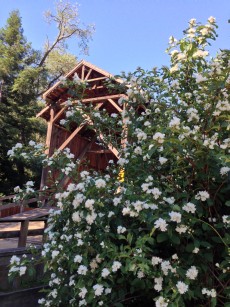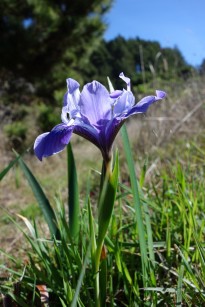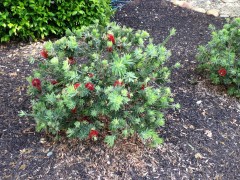With our gardens coming to life at this time of year we are hopeful that each plant will achieve its full potential during this growing season. But that doesn?t always turn out to be the case and sometimes it?s hard to figure out what exactly is the problem. Growing plants isn?t an exact science. What works over at the neighbors yard doesn?t always apply to ours. What are the different factors that makes a plant thrive or just mope along? And how can you plan when one source shows the plant?s size at 6 feet tall while another has that same plant as 8-12 ft tall and just as wide? What?s a gardener to do?
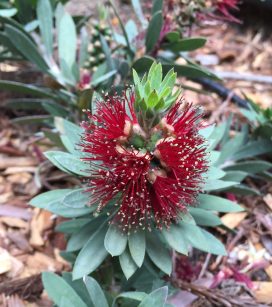
When designing a garden, whether it?s for a client or my own garden, I take into account the growing conditions such as soil type and fertility, winter low temperature, space and light. All plants need water to carry moisture and nutrients back and forth between the roots and leaves. Some need more water than others to do this but all have their own levels of tolerance. Too little or too much water can be harmful to your plant?s health.
Choosing the right plant for the right spot is another important factor. How do you determine if your garden has the right amount of sun or shade? In our area a good rule of thumb in deciding if your plant is getting enough or too much sun is to note how many hours of full sun, part sun or bright shade your area is receiving during the middle of the day. Too little light can make plants weak and leggy looking with few flowers or fruit.
Most plants enjoy morning or late afternoon sun. Winter conditions are not always as important as those of the summer. Then again if your area gets no winter sun and your soil is heavy clay that sun-loving native plant might not survive. Sometimes it?s complicated.
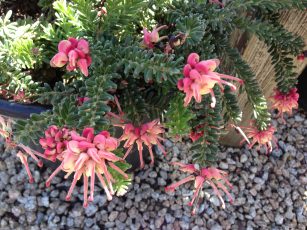
Allow enough space for your plant to grow. Plants can become stunted without enough room to grow and overcrowded plants often get diseased when air doesn?t freely flow between them. There?s a difference in a plant that just needs a little time to kick in and really start growing and one that is not thriving. Be patient.
Plant your new addition correctly. Dig the planting hole at least twice as wide as the container but no deeper than the depth of the root ball unless the soil is deeply compacted. Leaving the bottom of the hole undisturbed helps prevent the plant from settling below its root crown. In soil containing a high percentage of clay, score the sides of the planting hole with a shovel to aid root growth outward from the hole.
It?s best not to add soil amendments or fertilizers directly to the planting hole, although it may be beneficial to spread some well composted manure to the surface before digging the hole. Wait until new growth is several inches long before applying fertilizer.
Planting a bit higher than the surrounding soil allows for a 2 inch thick layer of mulch around the plant but don?t bury the crown. After planting don?t till the soil again allowing the beneficial organisms to re-establish.
If you have a steep hillside, a super sunny or deep shade location or problem soil the above tips are even more important for your planting success.


